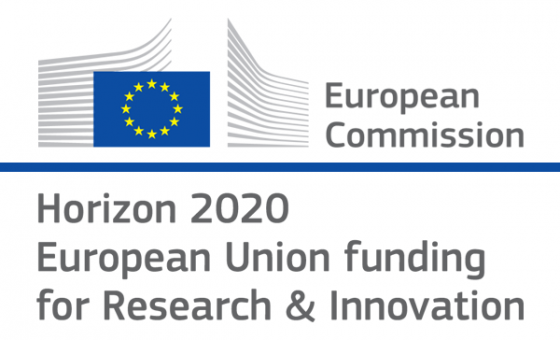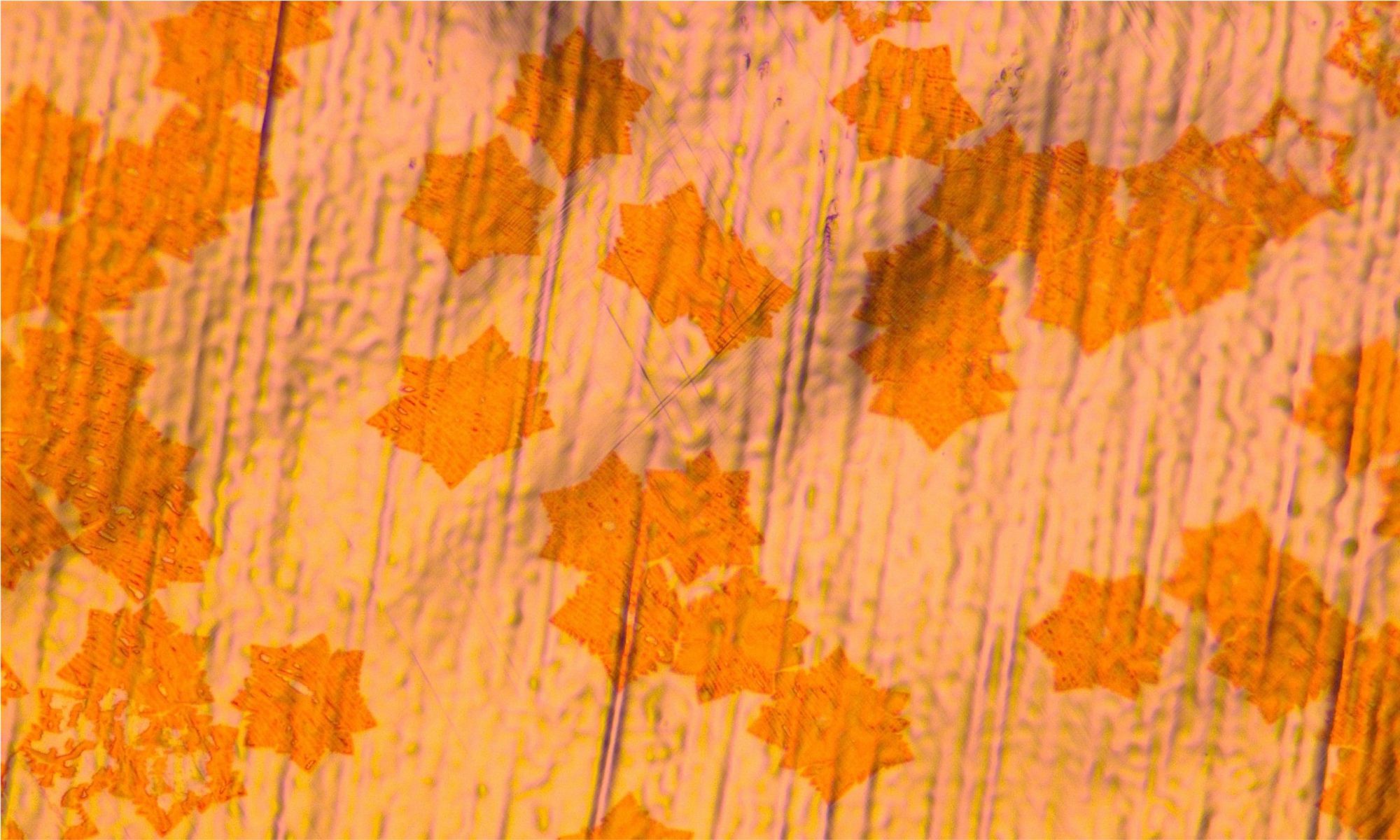A big success for AMO and the Aachen Graphene & 2D Materials Center
FET Open is a very competitive funding program within the Horizon 2020 Research and Innovation program. It supports joint international projects aimed at radically new technologies, favoring ideas that go well beyond the state of the art. The competition is fierce, as the program is open to all sciences and disciplines. At each call the number of submissions greatly exceeds the available budget. Yet AMO has been extremely successful in the call of January 2019, winning three granted projects.

To put numbers into perspective, out of the 400 FET Open proposals submitted in January 2019, only 53 have received funding, 45 of which involve German research institutions and companies. Among the funded projects, only five will be coordinated in Germany and two of these by AMO, which is also partner in a third project together with RWTH Aachen University.
One of the two projects coordinated by AMO is POSEIDON. This project will tackle a major challenge faced today by silicon nanophotonics, that is the realization of a (cost)-efficient light source integrated into a silicon microchip. Such a device will have a huge impact in terms of faster and energy-efficient data transmission, allowing to drastically reduce power dissipation in data centers. To reach this ambitious goal, AMO has teamed up with an international and very interdisciplinary consortium of six research groups from Germany, Spain and UK, and one SME from Czech Republic.
Together, they’ll develop a new technological platform for integrating active colloidal components into photonic and electronic devices. “Such a new technology will open up game-changing possibilities not only for optical data transmission, but also for cheap and energy efficient sensors for industrial and bio-medical applications”, says Anna Lena Giesecke, group leader of Nanophotonics at AMO and project coordinator of POSEIDON.
The second project coordinated by AMO is ORIGENAL, which proposes a radically new approach to keep increasing the number of transistors on a chip. “The idea per se is relatively simple”, says Daniel Neumaier, group leader of the Graphene and 2D Materials group at AMO and project coordinator of ORIGENAL. “What we want to do is to exploit the properties of certain two-dimensional materials to realize extremely thin integrated circuits on a thin-foil substrate, and then fold the substrate as an origami to stack up to thousands of circuits on top of each other.”
If the idea is simple, its implementation is not. ORIGENAL relies on the expertise of four different research groups in Germany, Austria, Italy and Finland, and on a highly interdisciplinary approach, including contributions from material science, electrical and mechanical engineering, physics and chemistry. The pay-off of this effort can be huge. More transistors on a chip means more complex and powerful devices, especially for applications like neuromorphic computing that rely on densely interconnected architectures as the ones targeted in ORIGENAL.
The third project is WiPLASH and aims at exploiting the unique conducting properties of graphene to demonstrate the feasibility and the potential of on-chip wireless communication. This might be a real breakthrough for increasing parallelism and energy efficiency in hardware architectures. The strategy today is to tightly co-integrate multiple, specialized computing and memory units into a single architecture. This approach suffers however from the inherent lack of flexibility of the current methods to connect the different units.
WiPLASH will pioneer on-chip wireless communication as a way to bypass this bottleneck and to provide architectural plasticity. “Our first objective is the development of graphene-based circuit-blocks for miniaturized, tunable, and ultrahigh speed wireless communications”, says Renato Negra, professor for High Frequency Electronics at RWTH Aachen University and partner of WiPLASH. “We then want to demonstrate reconfigurable chip-scale front-ends based on these circuits, and prove the power of this approach in at least one key application.
“ORIGENAL and WiPLASH are two examples of how research on two-dimensional materials can open up radically new lines of technology that contribute to reinforce the technological leadership of Europe”, says Max Lemme, scientific director of AMO. “These two projects are also perfectly in line with the vision of the Aachen Graphene and 2D Materials Center, which acts as a kind of incubator for such novel ideas, at least for what concerns the Aachen part”.
